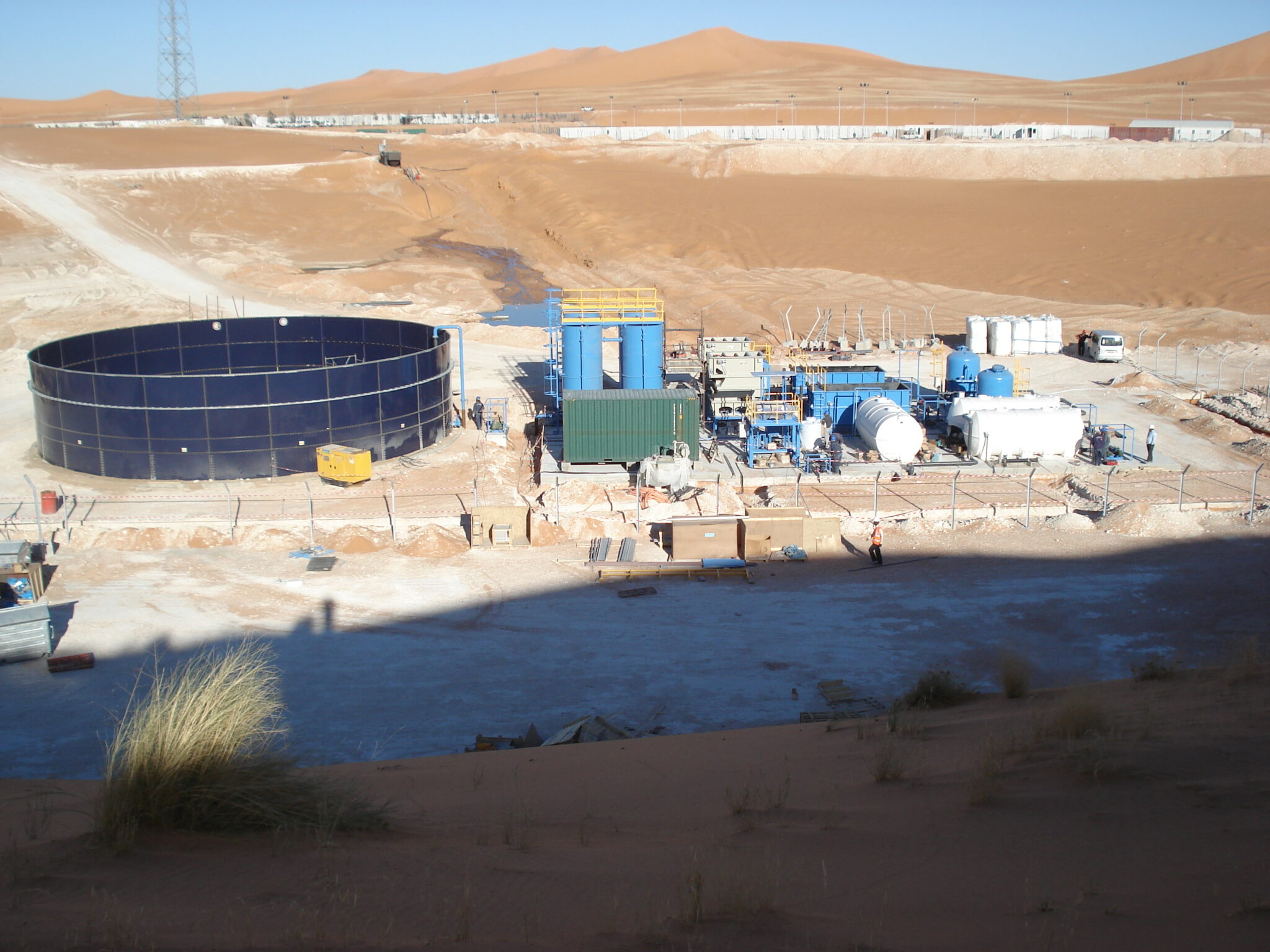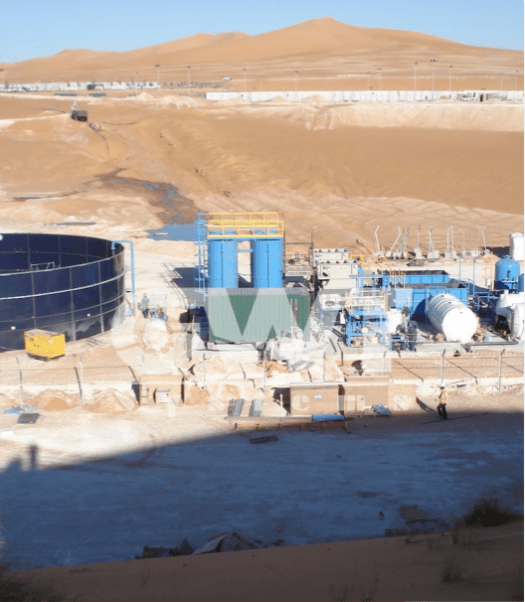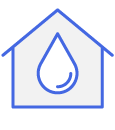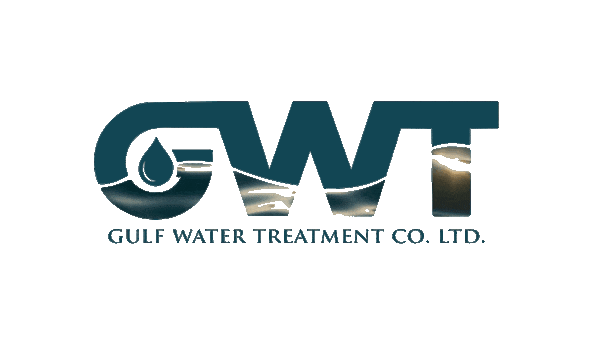Focus on Excellence

Booster Sets / Pumping Stations
Services
Booster Sets / Pumping Stations
Along with other components, Gulf Water Treatment Co. Ltd., also provides booster pump solutions that manage ...the flow and pressure of the water/waste water resulting from any treatment and filtration units. Booster sets contribute to a higher recovery, thus making sure that the engineering is adequately cooled, reinforced, and geared to clarify the water discharge.
Sewage Treatment Plant (STP)
Protecting our environment begins with managing our wastes efficiently, wastewater which are often emptied into water bodies that can be valuable natural resources is increasing day by day. Sewage Treatment Plant (STP) is the biological process that cleans the wastewater by treating it using biological processes in different ways like purifying, deodorizing, and neutralizing with the help of bacteria.
Gulf Water Treatment Company believes in designing units that can withstand continued high volumes and meet the end purpose of producing treated sewage effluent output that is harmless to nature. We are a proud solution provider who is always ready to provide Recycle, Reuse, and Reduce solutions for our customers in any way we can.

Services
We focus on ethical and environmental practices. We aim our business to protect the environment and preserve the earth’s water resources, both for today and future generations.
Filter By Category

Sea Water Reverse Osmosis
Pay through our application and save thousands and get amazing rewards
Brackish Water Reverse Osmosis System
We have all the curated hotels that have all the precaution for a corvid safe environment
Nano Filteraton / Ulter Filteration
Enjoy the flexible payment through our app and get rewards on every payment
Electro Deionization/ Demineralization

Sewage Treatment Plant
Pay through our application and save thousands and get amazing rewards
Efflient treatment Plant
We have all the curated hotels that have all the precaution for a corvid safe environment
Grey Water Treatment Plant

TSE Polishing System

Producted Water Treatment Systems
Pay through our application and save thousands and get amazing rewards
High Saline Water Treatment Solutions
We have all the curated hotels that have all the precaution for a corvid safe environment
UV Disinfection / Filteration Systems
Pay through our application and save thousands and get amazing rewards
Booster Sets / Pumping Stations
We have all the curated hotels that have all the precaution for a corvid safe environment
Zero Liquid Discharge
We have all the curated hotels that have all the precaution for a corvid safe environment

Sea Water Reverse Osmosis
Pay through our application and save thousands and get amazing rewards
Brackish Water Reverse Osmosis System
We have all the curated hotels that have all the precaution for a corvid safe environment
Nano Filteraton / Ulter Filteration
Enjoy the flexible payment through our app and get rewards on every payment
Electro Deionization/ Demineralization

Sewage Treatment Plant
Pay through our application and save thousands and get amazing rewards
Efflient treatment Plant
We have all the curated hotels that have all the precaution for a corvid safe environment
Grey Water Treatment Plant

TSE Polishing System

Producted Water Treatment Systems
Pay through our application and save thousands and get amazing rewards
High Saline Water Treatment Solutions
We have all the curated hotels that have all the precaution for a corvid safe environment
UV Disinfection / Filteration Systems
Pay through our application and save thousands and get amazing rewards
Booster Sets / Pumping Stations
We have all the curated hotels that have all the precaution for a corvid safe environment
Zero Liquid Discharge
We have all the curated hotels that have all the precaution for a corvid safe environment

One Stop
For Everything Water
GWT has been repeatedly recognized for providing innovative quality solutions in all sorts of water and waste water treatment requirements. GWT has provided solutions to a wide range of






Our Core Values

Integrity

Cutomer Focus

Accountability

People Focus

Passion

Teamwork

Quality







